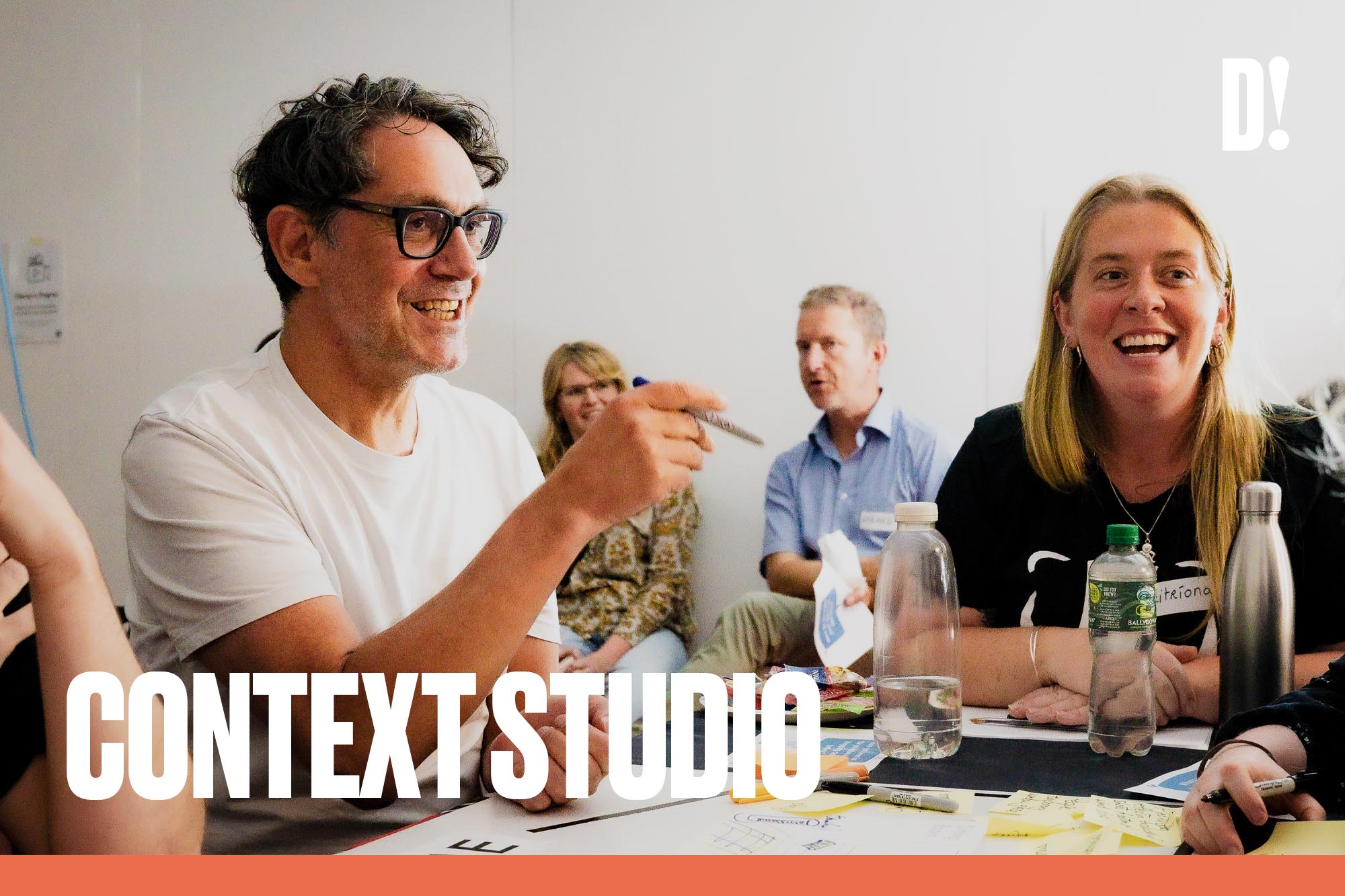In the face of climate crisis, one thing is now clear: mere technical solutions and policy instruments aren’t enough to turn the tide. Change must be social, cultural, and rooted in lived experience.
At Context Studio, we work at the intersection of design, public services and systems change. For us, it’s about making systems work for people. Designing with people, not for them. We believe that design has a powerful role to play in Ireland’s climate mitigation and adaptation journeys, particularly at those points where public policy and community action meet.
“From Plan to Do” demonstrates how a human-centred design approach could help communities move from ambition to action. It shows the potential for design to be a key tool for systemic transformation.
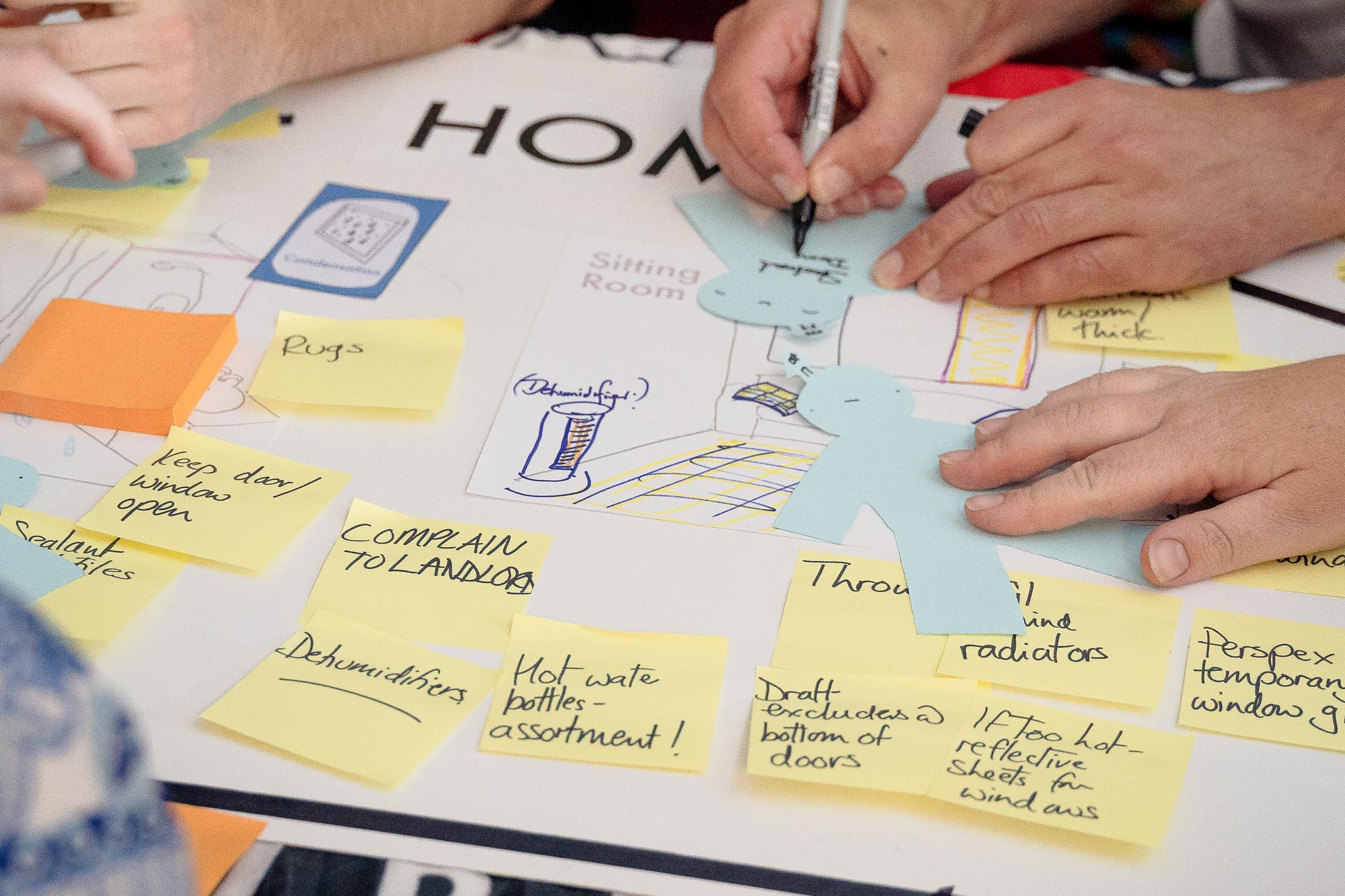
Understanding the gap between planning and doing
In Ireland, more than 900 communities have formed through the SEAI Sustainable Energy Communities (SECs) scheme. These grassroots groups, mostly powered by volunteers, are working to reduce emissions and build resilience at a local level.
The SEC scheme is a key part of the national strategy to meet our climate goals. Many communities have developed detailed “Energy Masterplans”. But fewer have been able to act on them. We set out to find out why, and to co-design new paths forward.
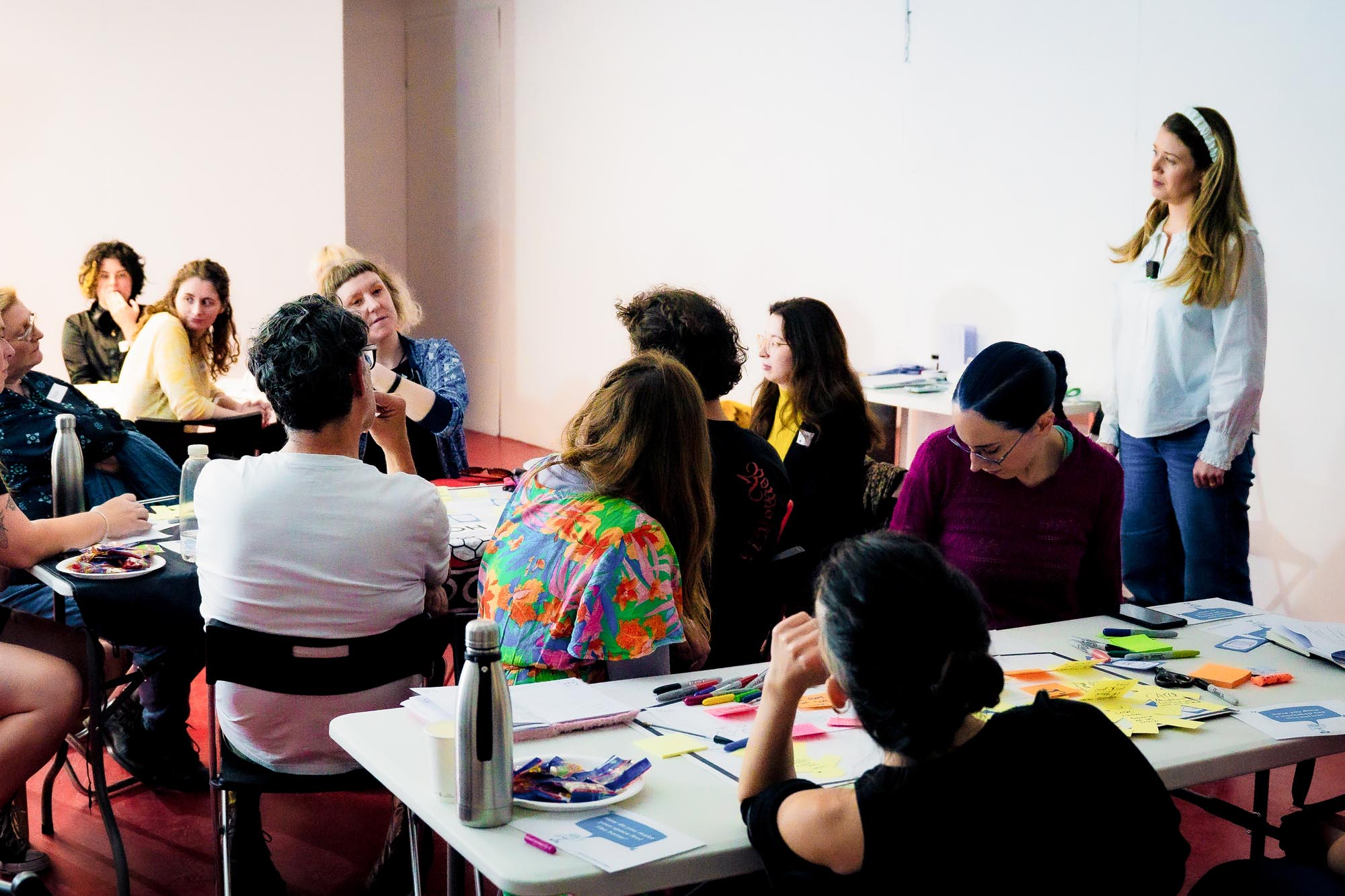
Retrofitting alone does not a community make
We worked alongside communities and applied the Design Principles for Government in Ireland. We set out to first understand the barriers to change.
Through research, discovery workshops and interviews with over 29 SECs nationwide, we heard about complex funding processes, volunteer burnout, and the challenges of keeping communities energised.
Across Ireland, we met communities ready to lead—but were stuck somewhere between paperwork and possibility. In a climate emergency, this kind of friction isn’t just a frustration—it’s a barrier we can't afford to ignore.
We learned that while grants, plans, and retrofitting pathways are important, they are sometimes painfully slow or cost a lot of money up front.
We found an underlying need to energise and enhance the resilience of these community groups, to achieve long-term goals. They needed tools to build connection, confidence, and momentum.
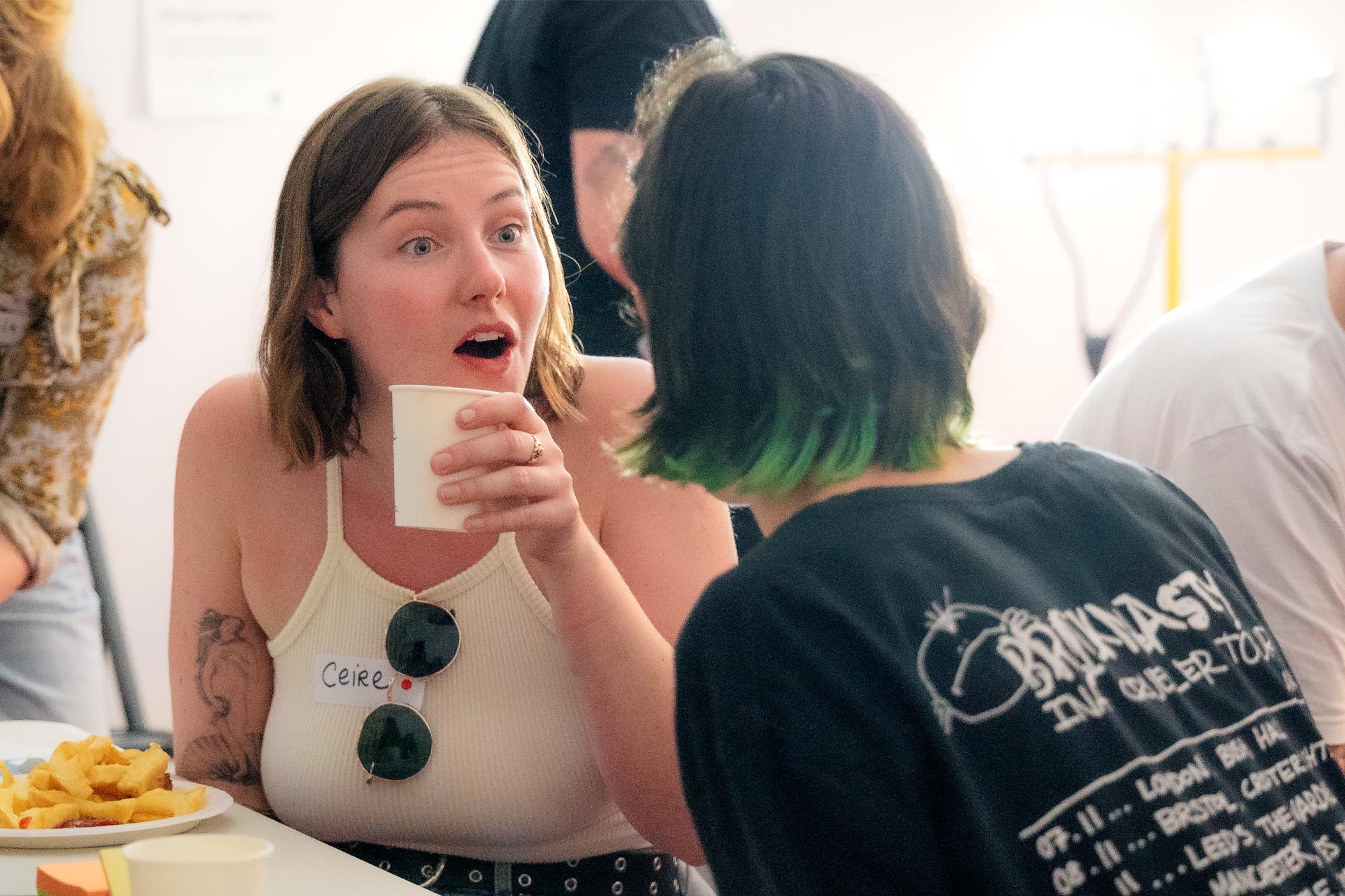
Co-design, prototype, iterate
We worked with Connecting Cabra SEC in Dublin to co-design and prototype a series of community-led engagements and tools.
Co-design workshops helped the community reflect on the initiatives they had already undertaken, examine the communities they intended to engage, and identify gaps for new actions.
One major insight surfaced: In Cabra, a large proportion of residents rent their homes. This group is often left out of decarbonisation conversations, meaning a significant part of the community is overlooked.
In response, we hosted a dedicated event. A "Climate Chats & Chips" workshop was promoted through local networks and community groups. Through carefully designed activities, the workshop captured knowledge, experiences and ideas. So much was learned that it was possible to create a “zine” booklet entitled “Manual for a Cosy Home”.

“Manual for a Cosy Home”, became a renter-focused, renter-created guide to energy action, filled with ideas surfaced directly from lived experience.
Another idea from the workshop became a flexible “DIY Community Toolkit” to help SECs plan and launch small-scale sustainability projects.
Both resources are found on www.fromplantodo.ie, an open-access hub for sharing knowledge, resources, and inspiration. These weren’t polished products. They were deliberately early-stage, designed with communities and built to grow and evolve over time.
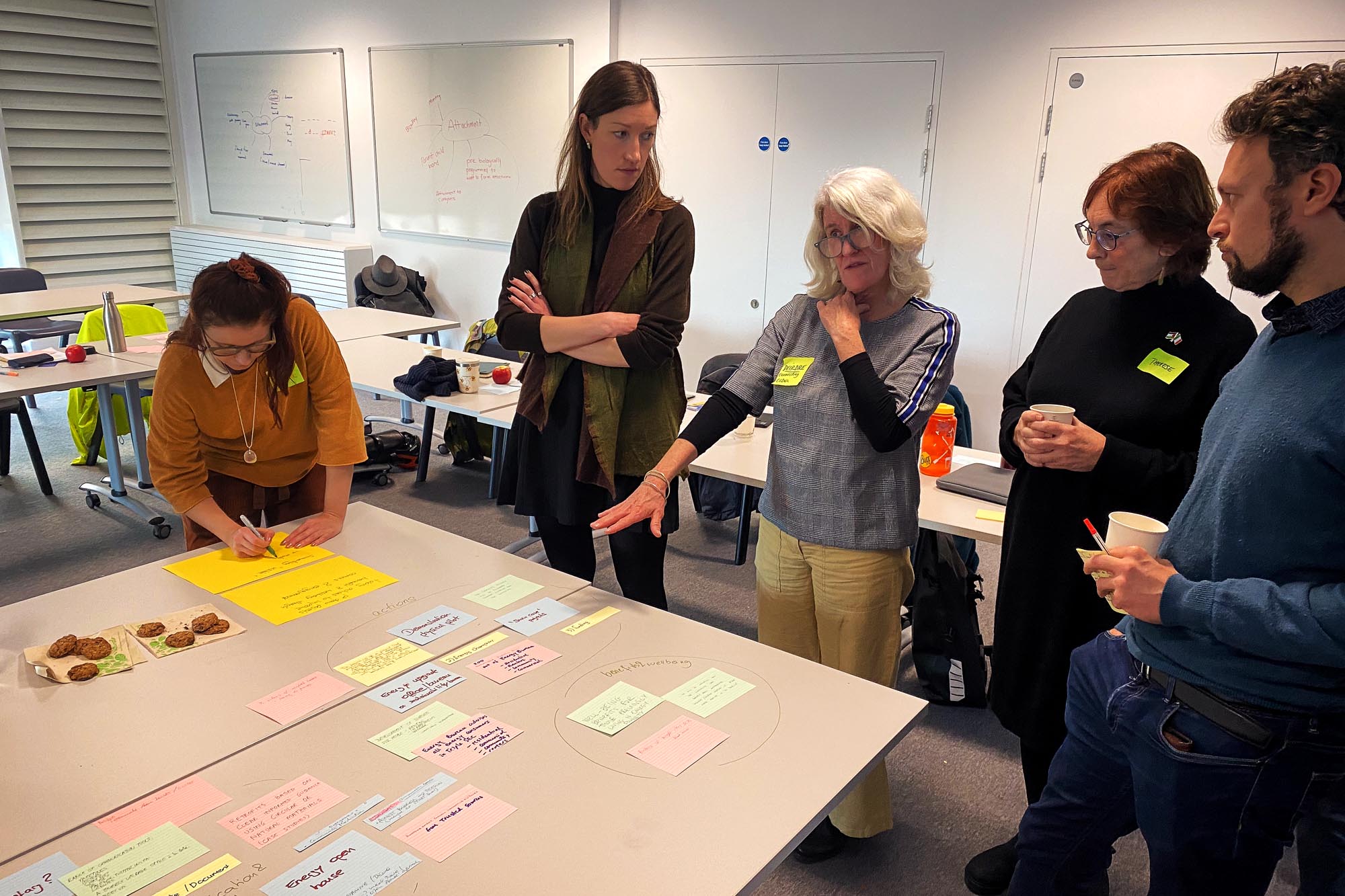
Why design for climate action?
Ireland’s climate goals are ambitious: a legally binding target to cut emissions by 51% by 2030, and to achieve net-zero by 2050. But ambition alone doesn’t deliver change. Meeting these targets will demand more than technical fixes. It requires systems change, behaviour change, and deep engagement with communities.
Ireland’s Action Plan for Designing Better Public Services calls for new approaches to tackle complex challenges – and climate action is among the most complex of all.
Design methodologies offer opportunity where other business-as-usual strategies struggle to deliver change. Designers can help navigate complexity, bring lived experience into transformation processes, use prototyping to build momentum in slow-moving systems, and apply co-design to initiate behaviour change built on trust and inclusion.
If we want real climate action, we’ve got to start with communities. Our hope is that projects like From Plan To Do can show that design isn’t just about aesthetics, it’s about engagement, innovation, and transformation.
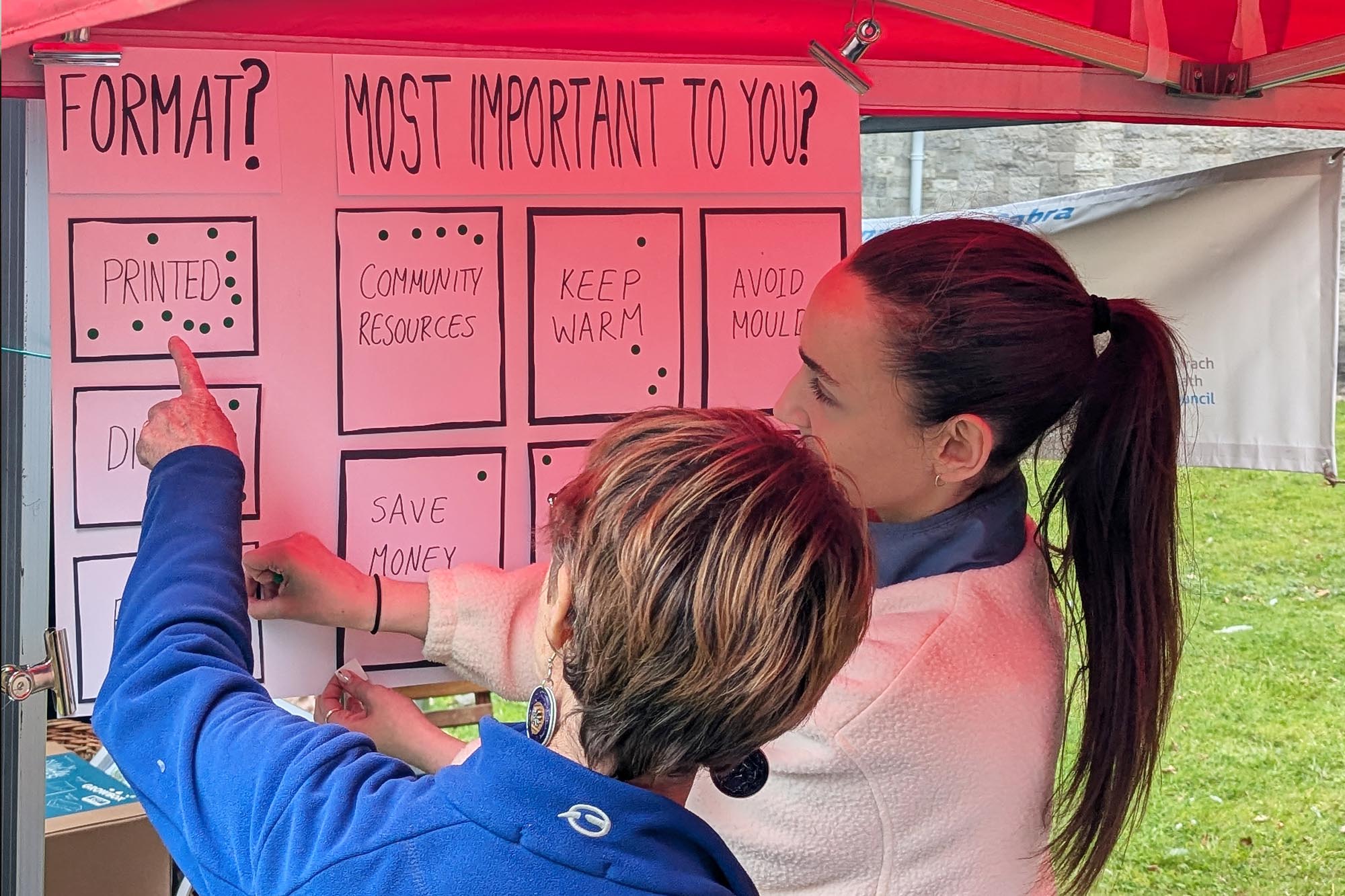
A call to action for government & designers
“From Plan to Do” was made possible through funding from the excellent “Creative Climate Action Fund” from Creative Ireland. As a studio, we have decided to maintain www.fromplantodo.ie and to add as much new information as possible over time. But at the time of writing, the project is over.
This is a pattern – creative problem solving is often confined to “edges” of national strategy, existing in sandboxed projects, or “innovation hubs”, or confined to academic research.
Yet, Ireland has the foundations for something more. The national Design Principles for Government and Action Plan for Designing Better Public services commit to placing design at the heart of the way we deliver against policy, to create better public outcomes.
Designers should be aware of this opportunity. The Department of Public Expenditure NDP Delivery and Reform has committed to creating professional roles for designers in the public service, committed to procuring design services more effectively, committed to Foster a Design Culture across our public service. Designers need to be ready to take on national challenges – among which climate change is among the most significant.
But Government too needs to make good on this promise. Other jurisdictions have committed to design by way of hundreds of jobs for designers in the public service, clear career pathways, and leadership roles. Evidence shows that this is a wise investment creating significant value and improving public outcomes. A plan has been laid out, now is the time to turn it into action.
Áine Power is a Senior Service Designer and John Lynch is Design Director at Context Studio.
